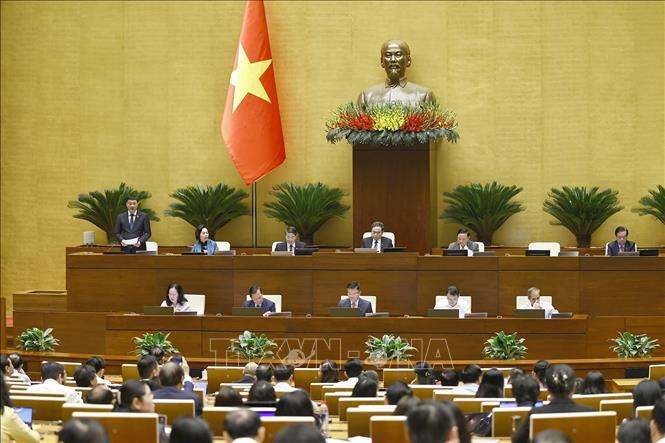
Vice Chairman of the National Assembly Vu Hong Thanh speaks at the 10th session of the 15th National Assembly on the morning of October 29, 2025. Photo: Doan Tan/VNA
According to economic expert Vu The Vinh, in general, in the first 9 months of 2025, Vietnam's socio-economic situation has many bright spots: high growth, maintained macroeconomic stability, domestic strength and domestic consumption are more focused. However, there is still much to do to improve growth quality, specifically better exploiting domestic strength, minimizing risks and handling bottlenecks such as real estate, structural transformation and export dependence.
Economist Vu The Vinh said that if the 10 solutions proposed by the Government are well implemented, the 2025 target will likely be achieved and even exceeded. However, to achieve the above target, it is necessary to remove two bottlenecks: structural transformation, improving the quality of growth in high technology and value-added services; and innovation to avoid the "middle-income trap". At the same time, external risks such as exchange rates, import-export, geopolitics , supply chains, etc. are variables that need to be closely monitored.
From the above analysis, Mr. Vu The Vinh proposed that in order to achieve the set goals from now until the end of 2025, the Government needs to increase support for domestic enterprises, promote in-depth structural transformation, better utilize the driving force from domestic consumption and public investment, maintain macroeconomic stability and prevent risks, consolidate the real estate market and regulate appropriately.
Specifically, the Government needs to create favorable conditions for private enterprises, reform administrative procedures, promote divestment and equitization in supporting industries and high technology. The Government needs to prioritize technology, green, and value-added service industries; develop high-quality human resources, promote innovation and research and development; encourage smart consumption; increase disbursement of public investment capital, and accelerate infrastructure projects to create a spillover chain.
To maintain macroeconomic stability and prevent risks, the Government needs to continue to operate a flexible monetary policy, control inflation, stabilize exchange rates; and at the same time build a buffer to respond to external shocks. Finally, the Government has policies to stabilize house prices, supplement the supply of social housing, control speculation, and create a healthy environment for the market - economic expert Vu The Vinh emphasized.
Sharing the same view, Mr. Pham Quang Hiep (Director of HeliGroup Joint Stock Company) said that from July 1, 2025, the implementation of two-level local government has brought about many positive changes but also revealed many shortcomings that need to be promptly overcome.
According to Mr. Pham Quang Hiep, the obvious positive point is that decentralization has helped to improve the initiative and responsibility of local authorities in land management. Administrative procedures have been shortened, many problems have been solved locally, without having to be transferred to higher levels, saving time and effort for people and businesses. Delegating more power to the grassroots level also contributes to promoting creativity and flexibility in handling real-life situations, suitable to the characteristics of each region. Some localities have initially applied digital technology in land records management, helping to make information transparent and limit negativity.
However, in addition to those results, the implementation of the two-level local government model still has many shortcomings. The most prominent is the situation of personnel overload when the workload is increasing, while the team of cadastral officers at the commune and ward levels is still thin, with uneven capacity. In many places, one officer has to take on many areas of work such as land, construction, and environment, leading to delays in processing documents, inaccuracies, and even causing inconvenience to the people. Some localities also arrange personnel who are not specialized in land, such as people without land expertise are still assigned to this field, leading to errors in consulting, appraising, or handling administrative procedures. In addition, the coordination between the two levels of government is still lacking in synchronization, leading to overlapping responsibilities or shifting responsibility when problems arise.
To overcome the above situation, according to Mr. Pham Quang Hiep, it is necessary to synchronously deploy a number of solutions. First of all, the Government needs to review the organizational structure, arrange the right people for the right jobs, prioritize officials with deep expertise and practical experience in the land sector; strengthen training and foster professional skills for grassroots officials, especially skills in using digital data management systems and receiving people. At the same time, the Government strongly applies information technology in managing records, issuing certificates and handling administrative procedures, helping to reduce workload and increase transparency. Finally, the Government needs to improve the mechanism for monitoring, inspecting and evaluating the effectiveness of the implementation of powers at all levels, ensuring decentralization goes hand in hand with responsibility, so that people can truly benefit from a serving, effective and fair administration.
When the apparatus is streamlined, personnel are arranged reasonably and technology is applied effectively, decentralization in land management can truly demonstrate its value, contributing to building a transparent, effective and more people-friendly management system.
Source: https://baotintuc.vn/thoi-su/cu-tri-ha-noi-thuc-hien-tot-10-giai-phap-cua-chinh-phu-de-dat-va-vuot-chi-tieu-ca-nam-2025-20251029132006311.htm



![[Photo] Prime Minister Pham Minh Chinh chaired a meeting to discuss solutions to overcome the consequences of floods in the central provinces.](https://vphoto.vietnam.vn/thumb/1200x675/vietnam/resource/IMAGE/2025/10/29/1761716305524_dsc-7735-jpg.webp)
![[Photo] Hue: Inside the kitchen that donates thousands of meals a day to people in flooded areas](https://vphoto.vietnam.vn/thumb/1200x675/vietnam/resource/IMAGE/2025/10/29/1761738508516_bepcomhue-jpg.webp)

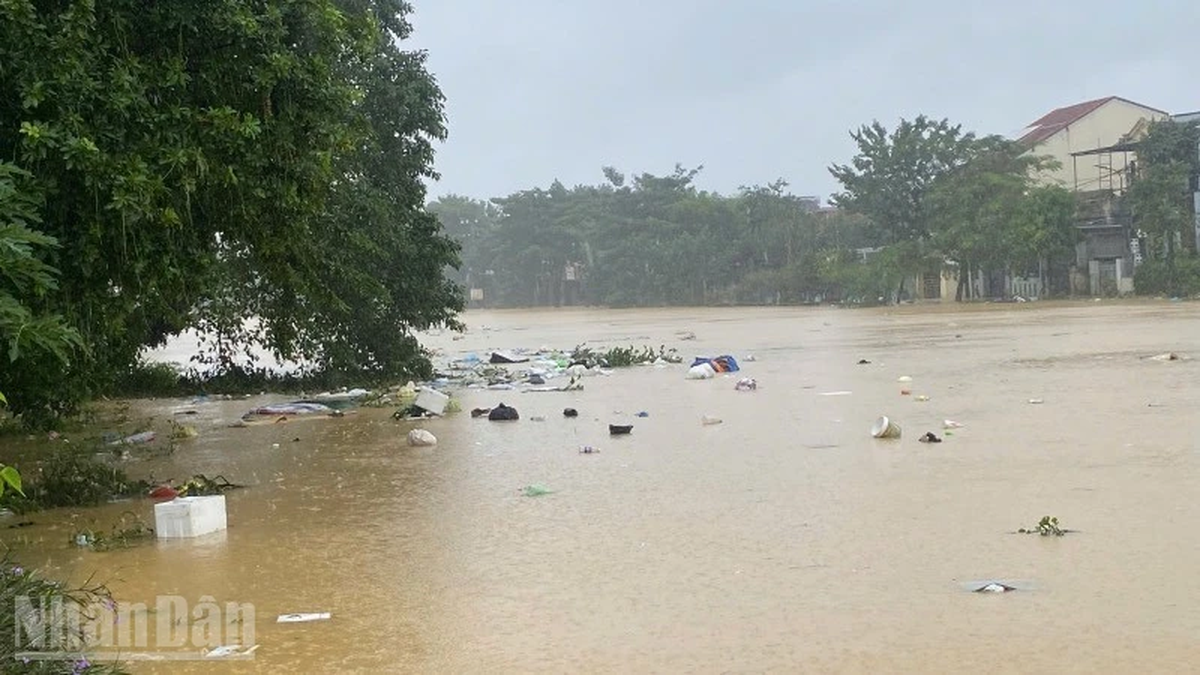
![[Photo] Flooding on the right side of the gate, entrance to Hue Citadel](https://vphoto.vietnam.vn/thumb/1200x675/vietnam/resource/IMAGE/2025/10/28/1761660788143_ndo_br_gen-h-z7165069467254-74c71c36d0cb396744b678cec80552f0-2-jpg.webp)
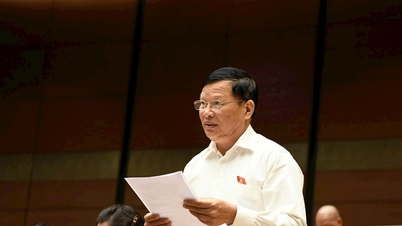

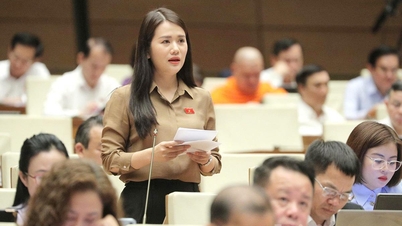

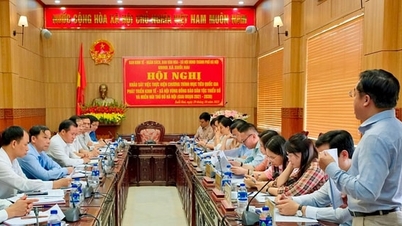

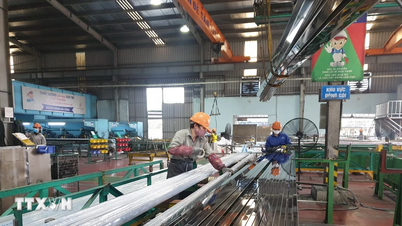



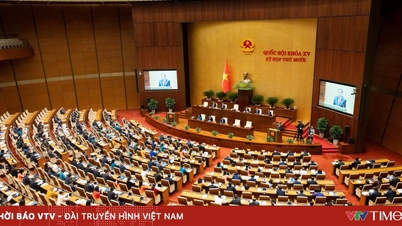

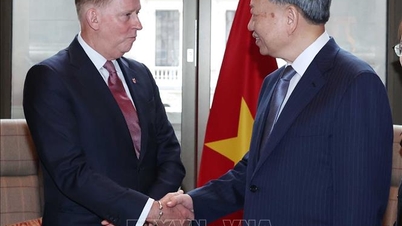
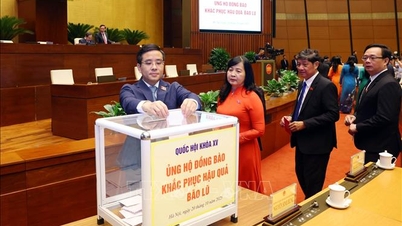
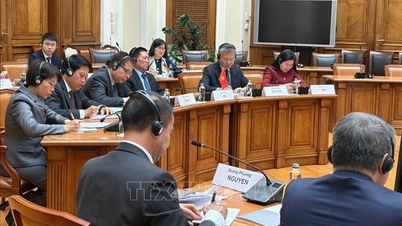
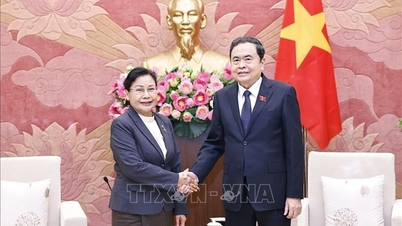











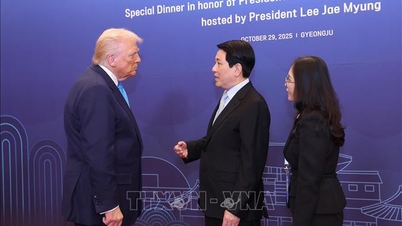

































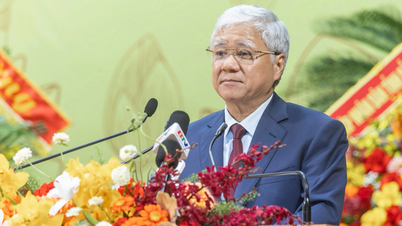
![[Infographic] Vietnam's socio-economic situation in 5 years 2021-2025: Impressive numbers](https://vphoto.vietnam.vn/thumb/402x226/vietnam/resource/IMAGE/2025/10/29/1761730747150_anh-man-hinh-2025-10-29-luc-16-38-55.png)


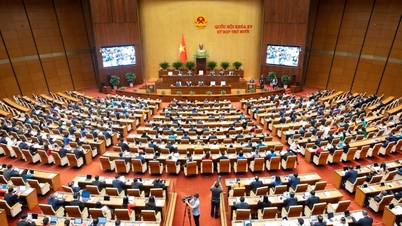
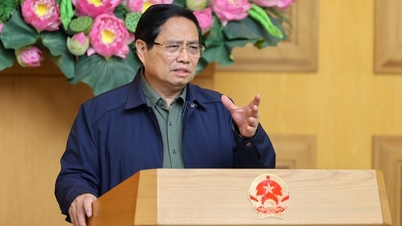

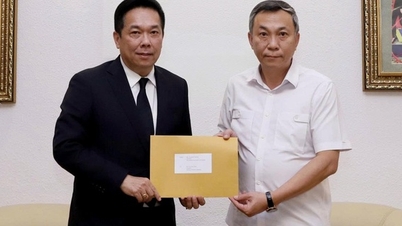


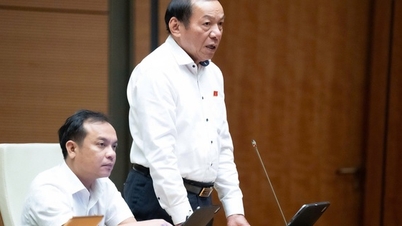
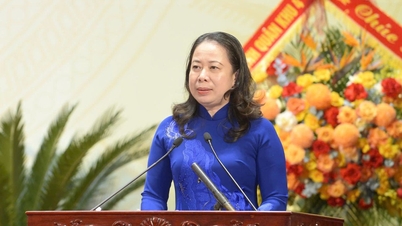

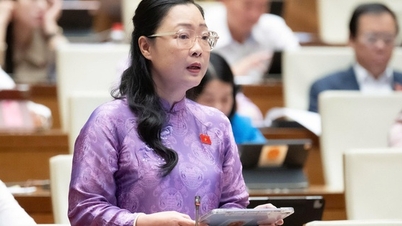
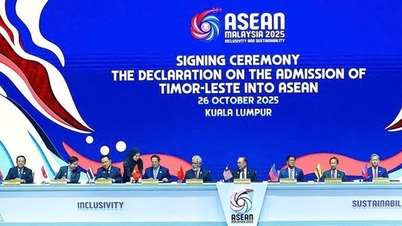
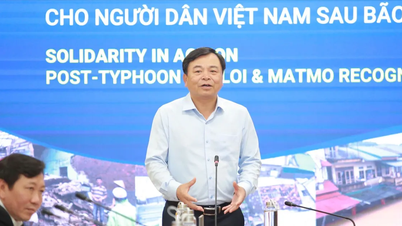

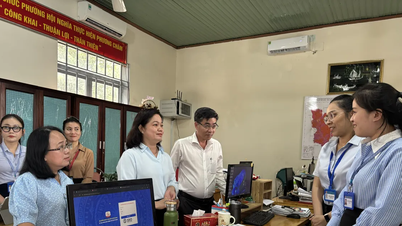





















Comment (0)